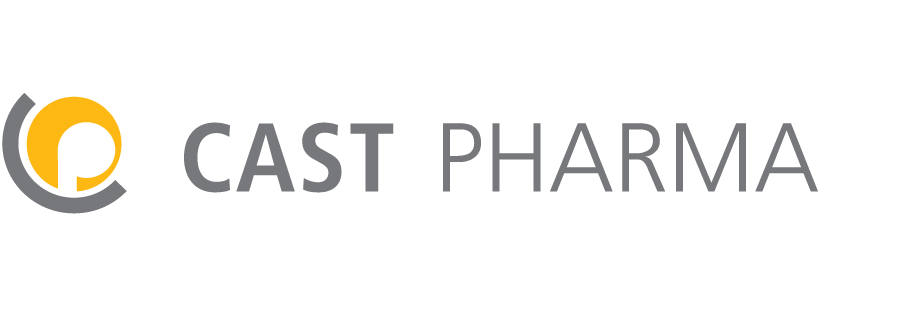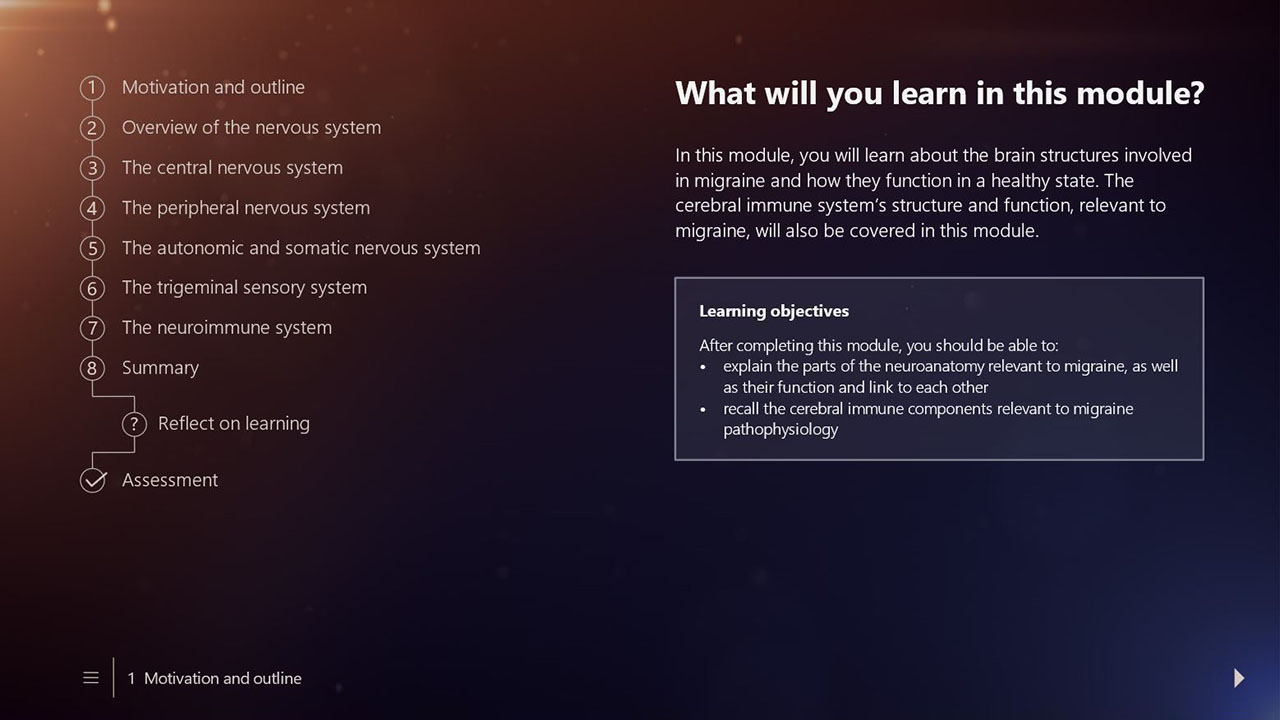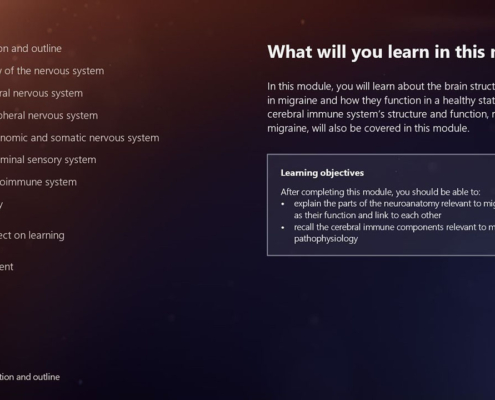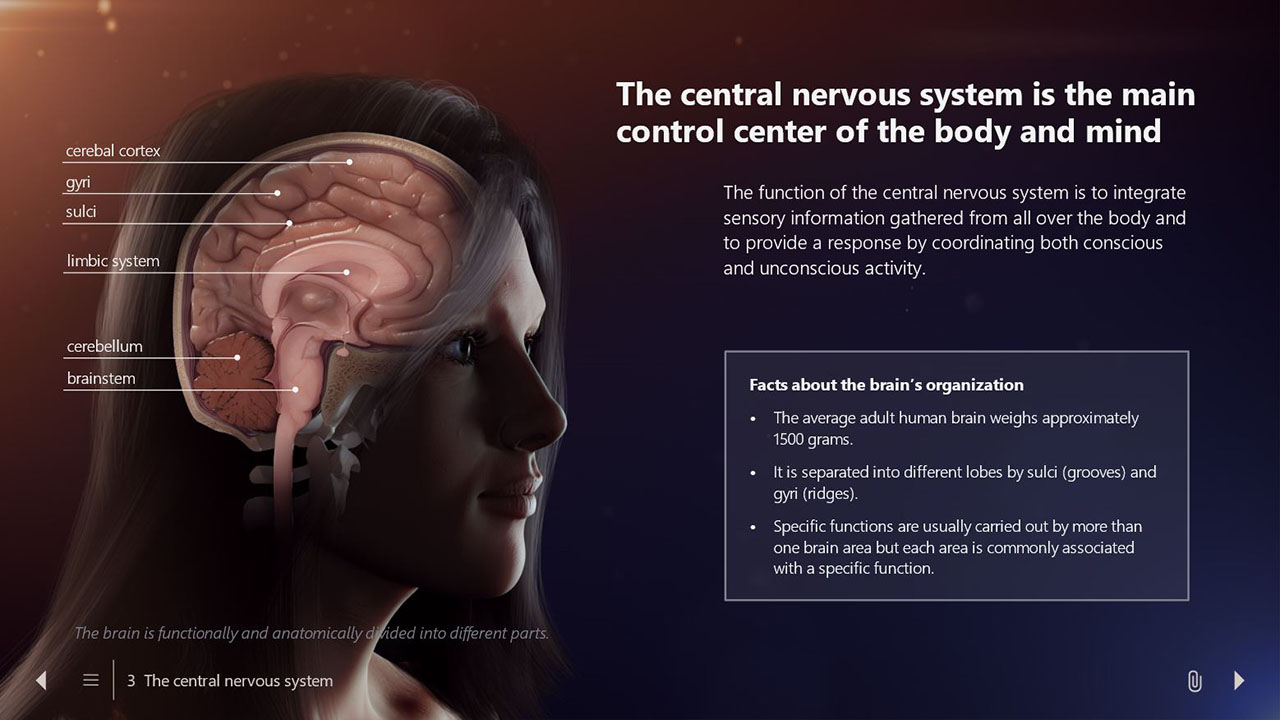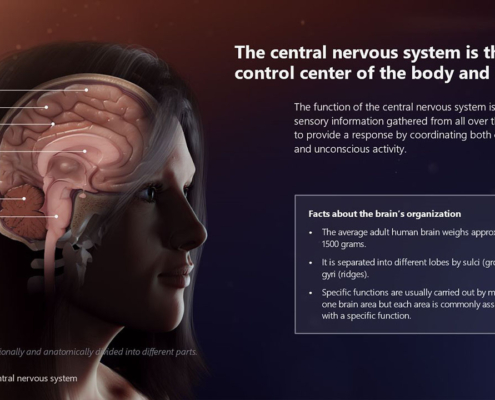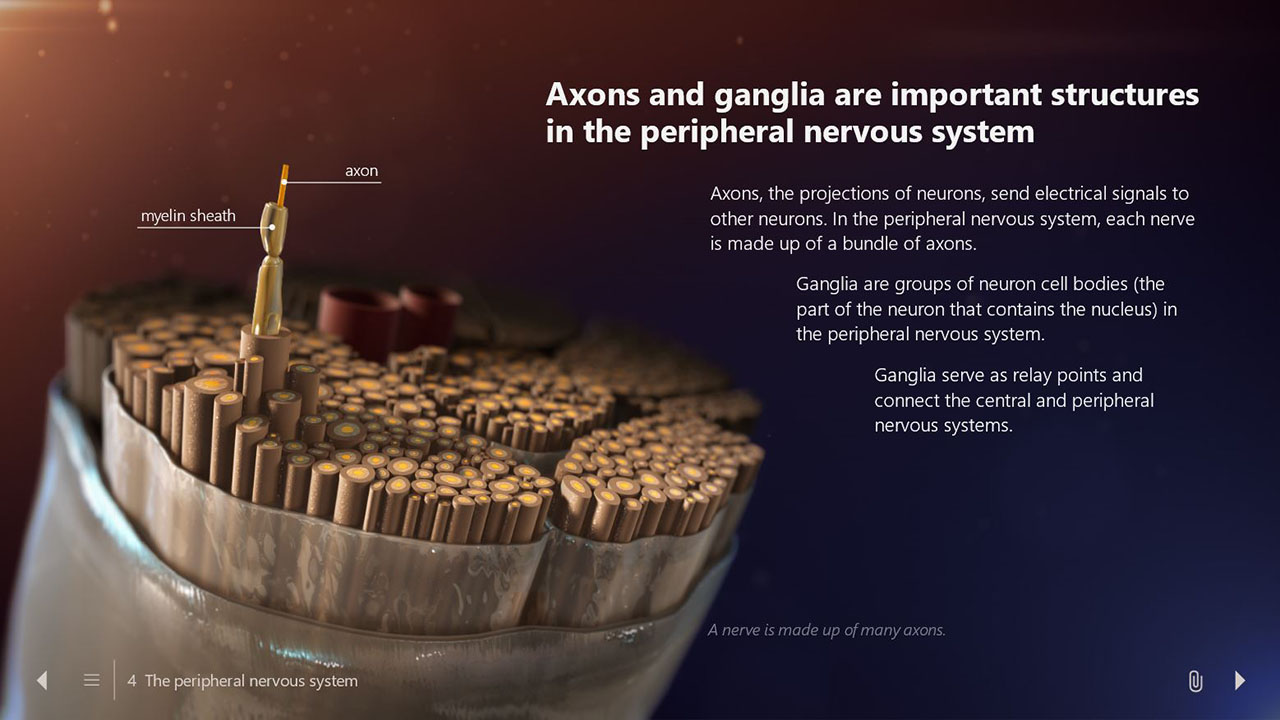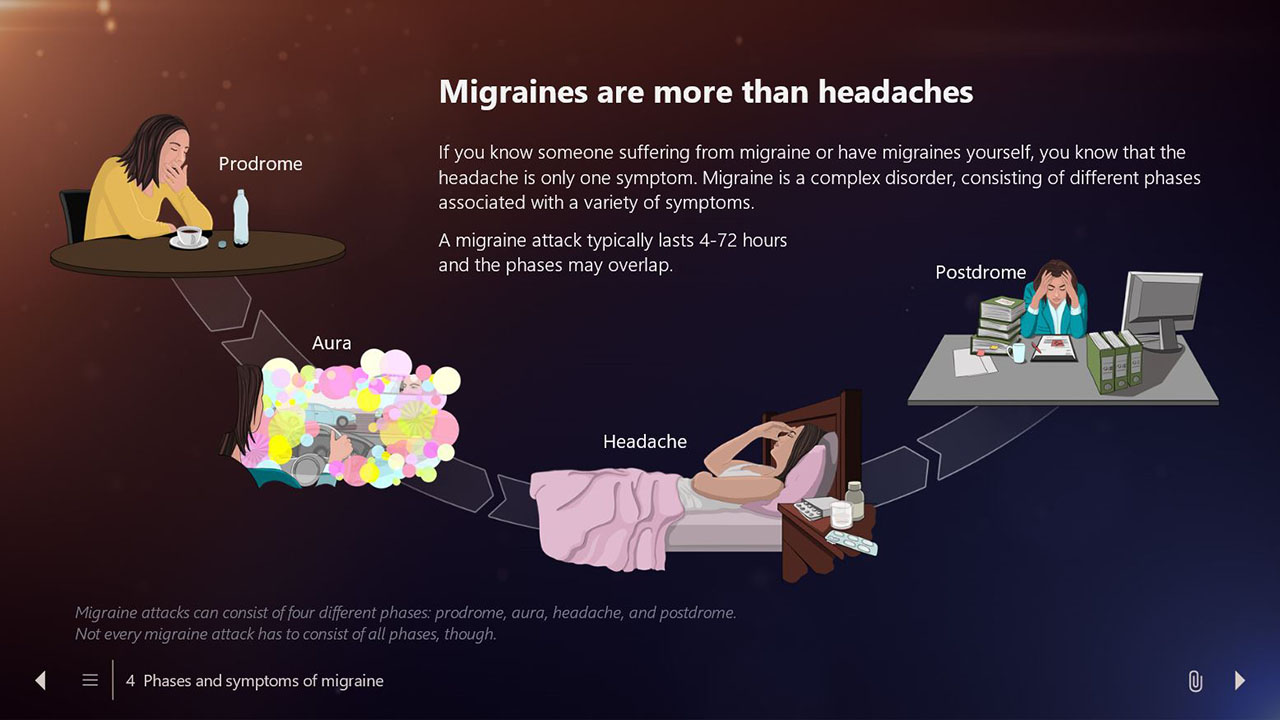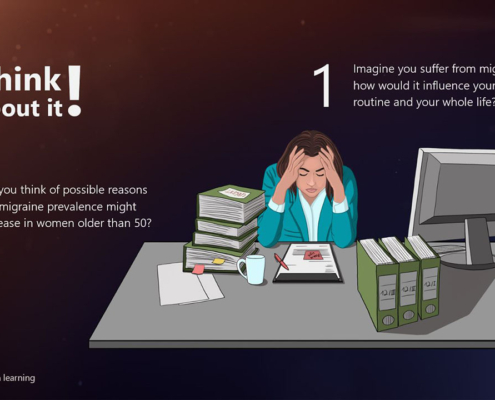Why onboarding a team is like a dance class
Imagine going to a dance class and not knowing anyone. You feel completely out of place. You’re struggling to learn the steps, keep up with the music, and avoid collisions with other dancers. Everyone else in the room knows each other already. They are all moving in unison while you are still trying to figure out what to do with your feet. This is how many new employees feel when they join a company.
Employees assigned to new projects have similar problems. When a pharmaceutical company develops a new product, they need to assemble a new product team. Employees from different backgrounds must quickly learn and apply information to get up to speed with other team members and work effectively together.
Just like in a dance class, there will be some who catch on quickly and others who need more time. But with a little practice, a lot of patience, and great training materials, anyone can learn a new dance and enjoy the experience while harmonizing with each other.
But what is the connection to medical training?
 The CAST PHARMA training matrix – from onboarding to job-specific training
The CAST PHARMA training matrix – from onboarding to job-specific training
There’s no question that medical training materials are essential for learning the ins and outs of an indication or a product. But what makes them truly effective is how they’re presented. Just like in a dance class, the first step to learning the steps is a clear demonstration.
This is where visual storytelling comes in. A well-designed learning curriculum will lay out the information in an easy-to-follow format, complete with visuals that help clarify the concepts you need to teach. This makes it much easier to understand and remember the material, which is critical when your team meets KOLs and physicians in their daily work.
But what are features of great training materials?
Because new people may join your team at different times with varying skill levels, training materials need to be flexible. Self-study tools offer a major boon to employees new to your company or your product team.
The amount of information these employees need to learn is tremendous. A learning curriculum should present the information bit by bit, organizing it along a learning path. A single massive slide deck would overwhelm someone who is new to a topic.
Explainer videos – introducing a disease
The curriculum should use different types of materials. For example, a slide deck or an interactive eLearning tool can serve as an entry point, offering a deep dive into the new topic. Explainer videos with 2D characters can quickly explain disease burden. Short 3D animated sequences can explain a new drug’s mode of action. A one-pager with infographics can summarize each learning module and act as a job aid for your team when they are in the field. A quiz can help your team check their knowledge, and activities can help them apply that knowledge. All these tools help your new team remember what they have learned while boosting their confidence.
eLearning modules – for effective asynchronous onboarding
Each employee should be able to enter the learning path at the point which makes sense for them, given their education, experience, and level of knowledge. They can then work through the information at their own speed. Interactive eLearning modules or slide decks with navigation make it easy to find information before easily jumping back to an overview. Recurring key visuals, characters that accompany the learner on their journey, as well as clear and consistent graphic design support the learner’s orientation within the material and the overall learning experience.
As you can see, there is a lot to consider when creating training materials. But it’s worth the effort. With the help of great training materials, your team will be dancing their way to success in no time!
